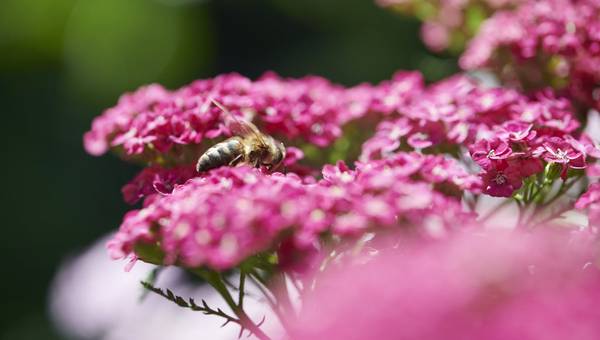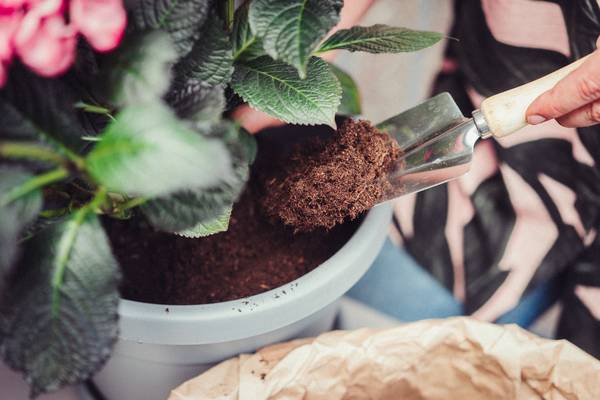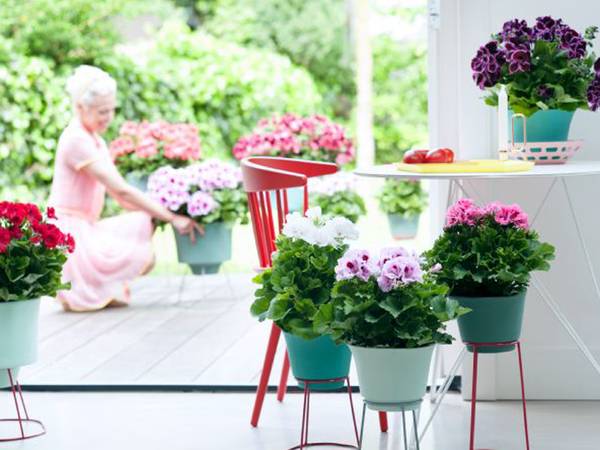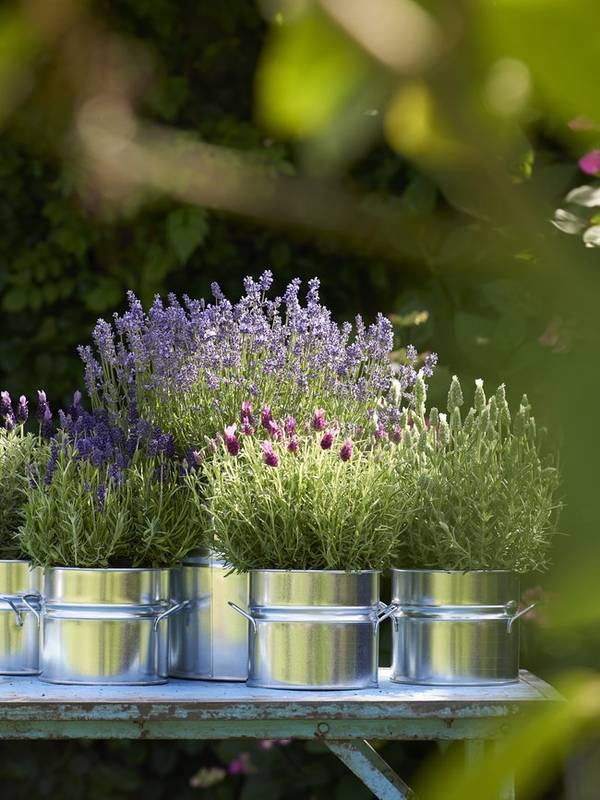
Redvein enkianthus (scientific name: Enkianthus campanulatus) is a hardy deciduous shrub which grows upwards steadily to a height of up to five metres (and takes years to do it - the plant’s in no hurry). Usually it doesn’t get taller than around two metres. The fragrant white flowers with pink stripes appear from June onwards, and are very popular with bees. In the autumn the flowers are replaced by green seedpods on long stems, and the leaves change colour beautifully from yellow through orange to red, giving you a completely different plant. In winter the redvein enkianthus loses its leaves, but the fruits usually stay so that it remains an interesting garden plant.
Care tips
- Redvein enkianthus prefers a spot in partial shade.
- The soil can be slightly damp. This plant prefers slightly acidic soil.
- Rhododendron makes an excellent neighbour.
- Fertilise in late autumn.
- Redvein enkianthus is hardy.
Symbolism
- The plant was first described in 1790 by the Portuguese missionary João de Loureiro in Vietnam.
- The name Enkianthus derived from the Greek word 'enkyos' which means ‘pregnant’ and 'anthos' which means ‘flower’.
- In the Far East redvein enkianthus is considered a plant with strong 'chi' (energy). During the first half of the year it is Yang (light) and in the second half Yin (dark), creating balance and harmony.
Origin
Redvein enkianthus is a member of the heather family and consists of a plant genus of shrubs and small trees. There are 17 known species, of which only a few are suitable as garden plants. However, the species that have made the cut do very well: the Royal Horticultural Society has awarded its highest prize to this plant twice for its unique contribution to the garden. Redvein enkianthus grows in the region from the eastern Himalayas to Indochina, China and Japan, usually on the edge of a forest or a swamp.






